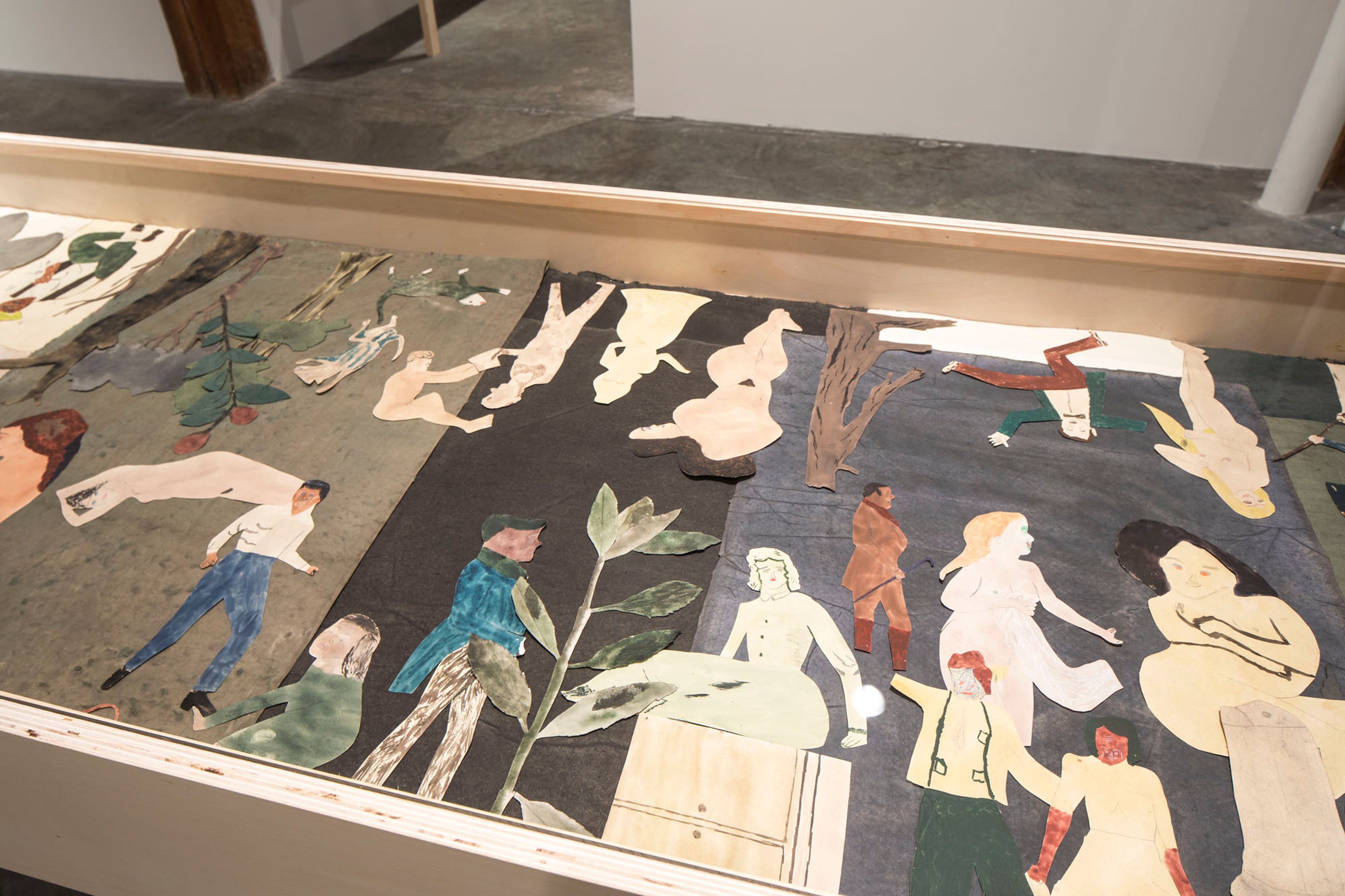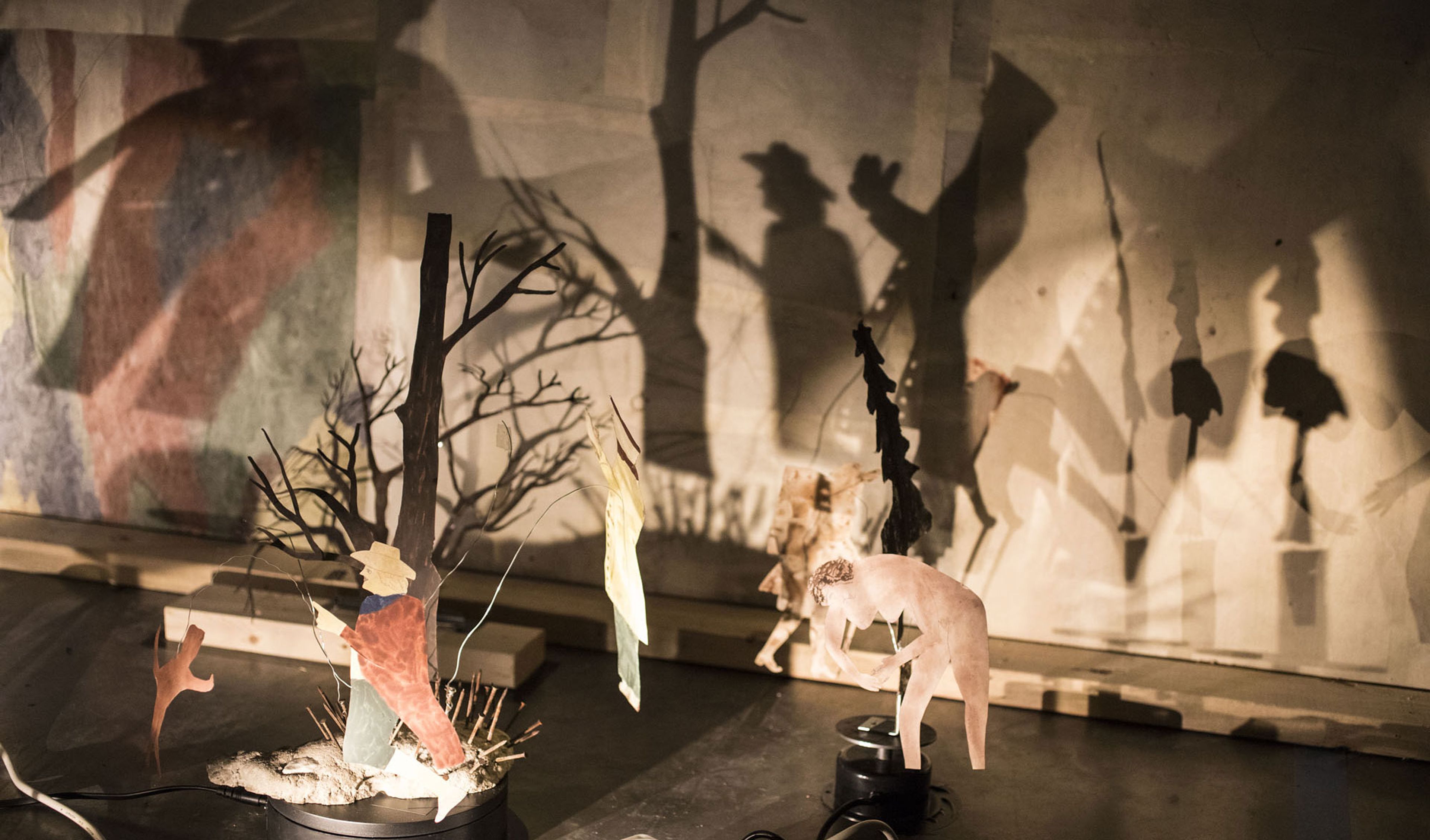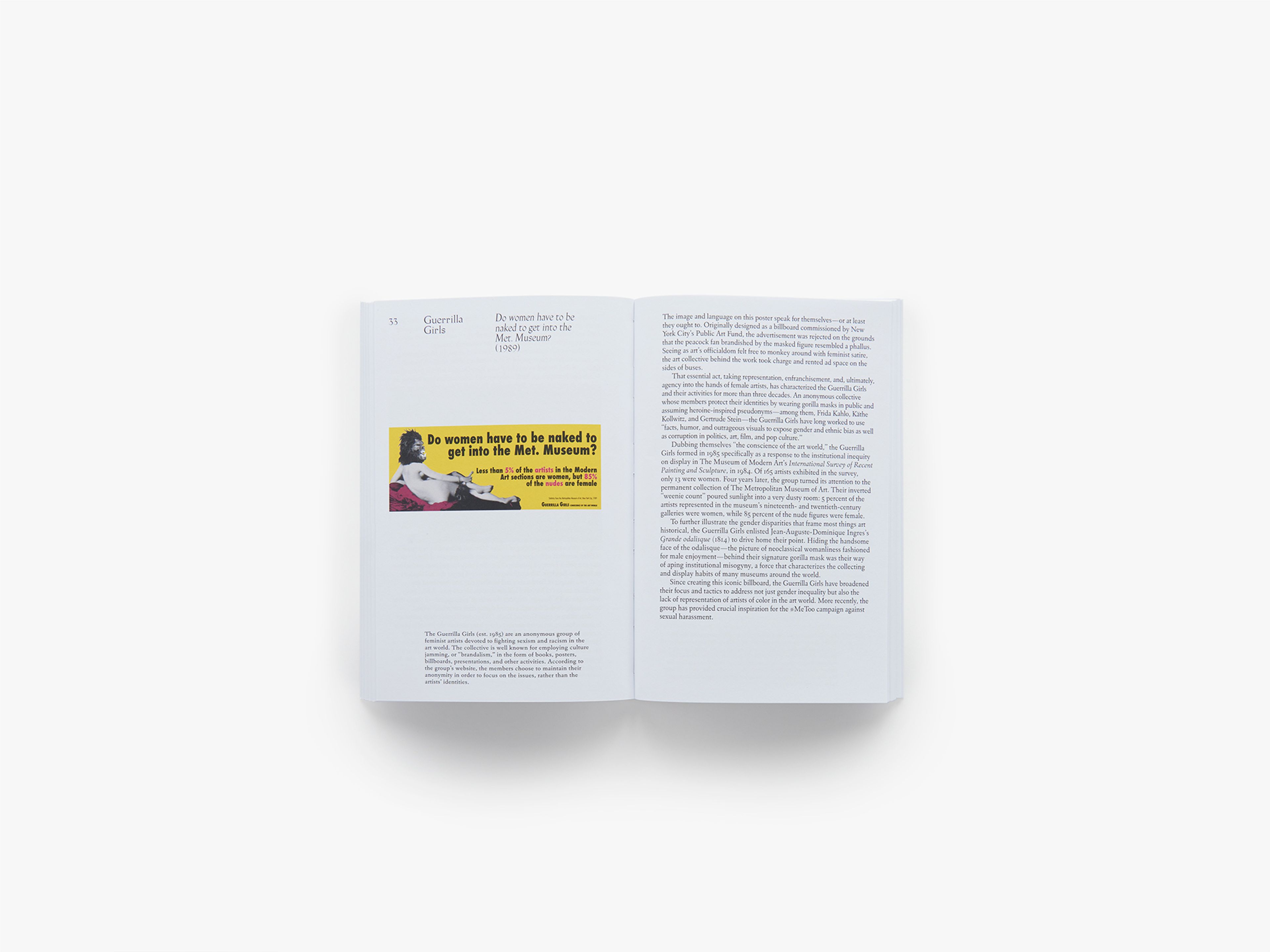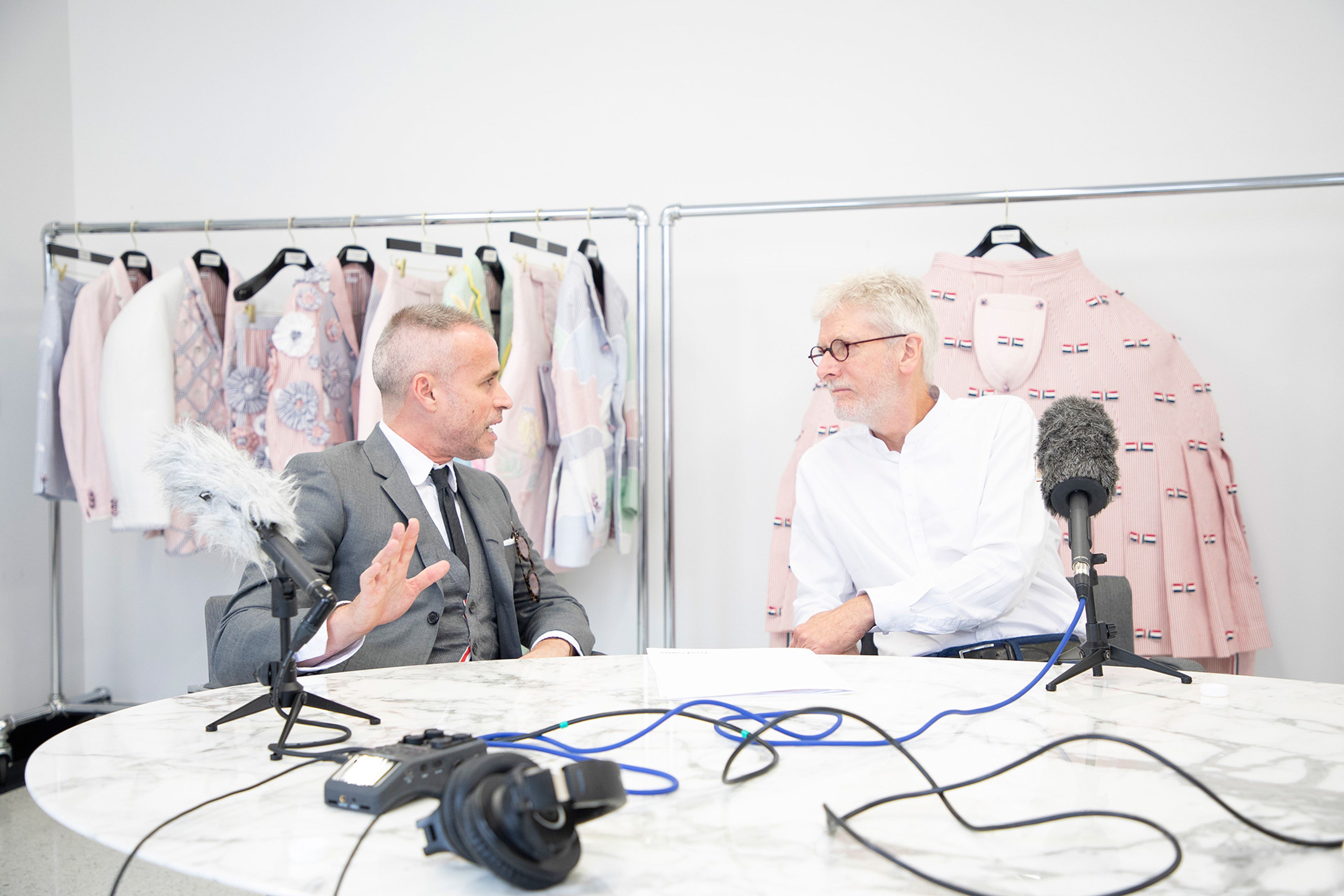March 22–June 17, 2018
February 27, 2018
Presented last year at the Contemporary Arts Center, New Orleans, Jockum Nordström: Why Is Everything a Rag was the Swedish artist’s first solo exhibition at an American museum. The show included children’s books, jazz and blues vinyl covers, collages, drawings, paintings, and paper sculptures dating from the start of Jockum Nordström’s career to the present day. In addition to his artistic practice, New Orleans has been a source of inspiration for the artist’s music, which he creates as part of the band Joakim Åhlund & Jockum Nordström.
On the occasion of the exhibition, we asked The Helis Foundation Chief Curator of Visual Arts at the Contemporary Arts Center, Andrea Andersson, for her insights into the production of the show and her long-standing engagement with Nordström’s work.
How did you first encounter Nordström’s practice, and what informed your selection of works for the exhibition? It seems that not only the artist, but also the show itself has been influenced by a kind of musical logic.
I first saw Jockum’s work at his 2002 show at David Zwirner. I’d moved to New York only a year before, and as they have for many, his colors and forms stayed with me. But I also recognized something familiar in his work. I was born in New Orleans, and perhaps because of this, I always noticed his musical references. Or maybe more than representation or reference, it was Jockum’s comfortable and easy embrace of folk cultures that rhymed with my personal experience.
When I moved back to New Orleans to accept the position of chief curator at the Contemporary Arts Center, I immediately reached out to Jockum. When we started to build the exhibition, we selected work that foregrounded Jockum’s musical imagination through subject matter. In the show, there are jazz album covers and books on the history of North American jazz, illustrated by Jockum. There are collages, animated films, and small sculptures of musicians. There are field recordings and sound compositions. But in terms of the exhibition design and the arrangement of works in the space, we thought equally about tempo, rhythm, and silent rests.
How was the title, Why Is Everything a Rag, chosen?
Jockum had been holding this title in his mind for many years. It is a line, in translation, from a book of Swedish poetry. But when he shared it, we knew that it was perfect as a line that connected Swedish folk culture with New Orleans ragtime—if only by chance.
This is Nordström’s first solo show at an American museum. Given that many visitors in New Orleans may be unfamiliar with Nordström’s work, how did you approach this opportunity to present it for the first time? Also, you have described your curatorial interests as being drawn to marginal artistic practices and alternative interpretations of artworks. How does Nordström’s work relate to this?
I was given the wonderful opportunity to present Jockum’s first solo museum exhibition in the Americas. It happened to coincide with Lynne Cooke’s important exhibition Outliers and American Vanguard Art at the National Gallery of Art in Washington, DC. Jockum’s work has often been referenced in the same breath as self-taught art, though he studied at university. I was interested in something that has been described as an outlier aesthetic—a cultivated visual vocabulary that does not necessarily signal any particular origin story, but that is rather an investigation into form and shared culture. This is where I wanted the exhibition to live. Earlier museum presentations of Jockum’s work did not include some of the realms of practice that I think inform his collages and drawings as much as anything else—I’m thinking here of his children’s books and animations, his music album covers, his discarded sketches and cutouts. My hope from the beginning of this project was that it would present Jockum’s practice in the round, and at the edges, and sometimes in the shadows of what we think of as the contemporary art market, without privileging any particular kind of art making. I wanted to invite the public to experience Jockum’s imagination—one that is always at play—both inside and outside of the studio.
Needless to say, the chance to record and release a new vinyl album of the band Joakim Åhlund & Jockum Nordström as a publication for this exhibition felt entirely faithful to this project. And to have the full band travel from Sweden to New Orleans to perform on the opening night was a bit of pure magic!
Can you share any memorable moments from your conversations with the artist as you were preparing the show?
The installation process was full of joy and intensity. My most treasured moments were spent watching Jockum at work in the near darkness of the shadow room he constructed for this exhibition. Over the course of several months, first in Stockholm and then in New Orleans, Jockum built, together with Carl-Fredrik Hårleman, an installation of collage cutouts suspended by wire, moved by mechanical motors, and lit by painted, rotating, illuminated color wheels. Jockum recorded the sound in his studio. The result is part fantasy, part dream, and entirely analogue. It’s a work out of time or place. Recently, I received an email from a patron who had spent over an hour in the room, trying to understand this fantastical work that never looped and never would.


Images: Installation view, Jockum Nordström: Why Is Everything a Rag, Contemporary Arts Center, New Orleans, 2018.




